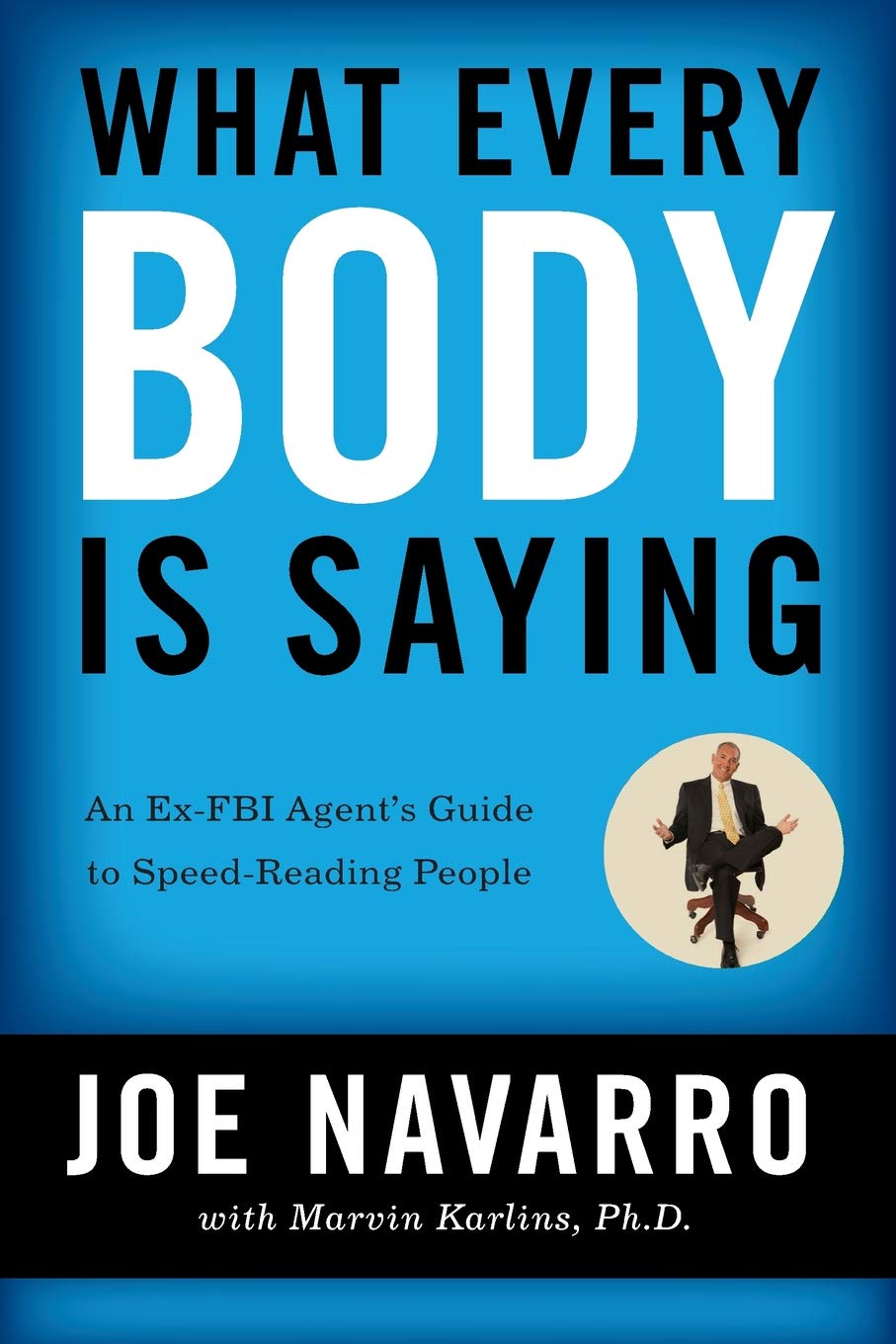Have you ever noticed someone standing with their hands on their hips and wondered what it meant? Body language can be a subtle but powerful way to communicate, and the position of our hands and arms can reveal a lot about our thoughts and feelings. So what does it mean when someone stands with their hands on their hips?
Possible Interpretations
This is a common body language gesture that can convey a variety of meanings depending on the context and other nonverbal cues. Here are a few possible interpretations:
Confidence: Standing with hands on hips can be a sign of confidence and assertiveness. It can signal that the person is comfortable and in control of their surroundings. This interpretation is often associated with an upright posture, an expanded chest, and a relaxed stance.
Aggression: In some cases, it can be a sign of aggression or dominance. This interpretation is often associated with a tense, confrontational posture and a direct gaze. If someone is standing with their hands on their hips in a challenging or confrontational manner, it may be a sign that they are feeling threatened or are prepared to defend themselves.
Boredom or impatience: It can also be a sign of boredom or impatience. If someone is standing with their hands on their hips and tapping their foot, it may indicate that they are feeling restless or annoyed.
Relaxation: In some cases, it can be a sign of relaxation and comfort. This interpretation is often associated with a casual, comfortable stance and a relaxed facial expression.
Consider the Context
It’s important to consider the context and other nonverbal cues when interpreting body language. Hands on hips can mean different things depending on the person, their environment, and their body language as a whole. For example:
A teacher standing with their hands on their hips while addressing a classroom may convey a sense of authority and confidence.
A person standing with their hands on their hips in a tense, confrontational manner may be signaling aggression or dominance.
Other Body Language Cues
In addition to this, there are many other body language cues that can provide insight into a person’s thoughts and feelings. For example:
Crossed arms can indicate defensiveness or closed-mindedness.
Open arms can indicate openness and approachability.
Conclusion
By paying attention to these subtle cues, you can better understand and communicate with others. Body language is a powerful tool for communication, and the position of our hands and arms can reveal a lot about our thoughts and feelings. Hands on hips can convey a variety of meanings depending on the context and other nonverbal cues, including confidence, aggression, boredom or impatience, and relaxation.







